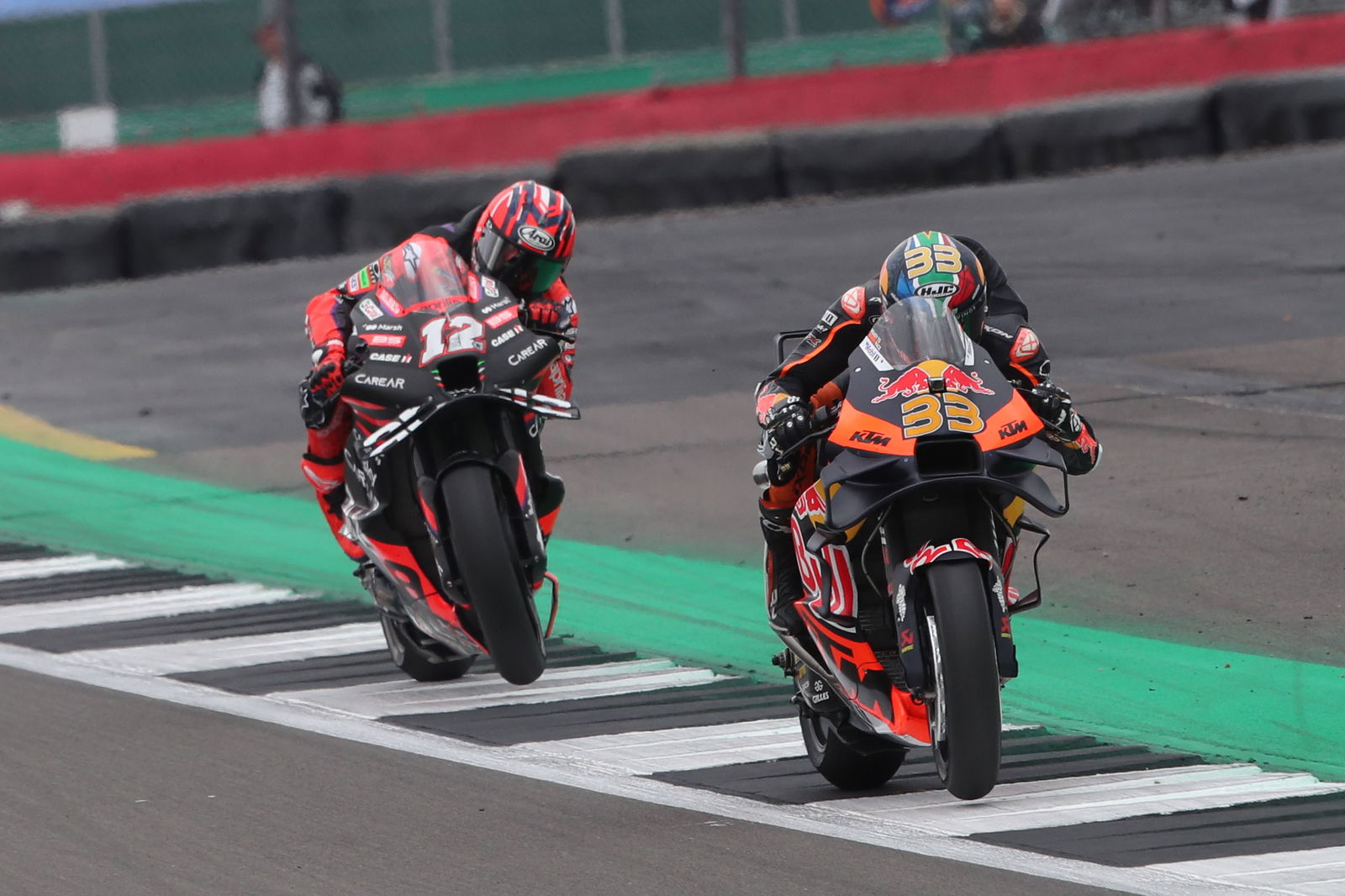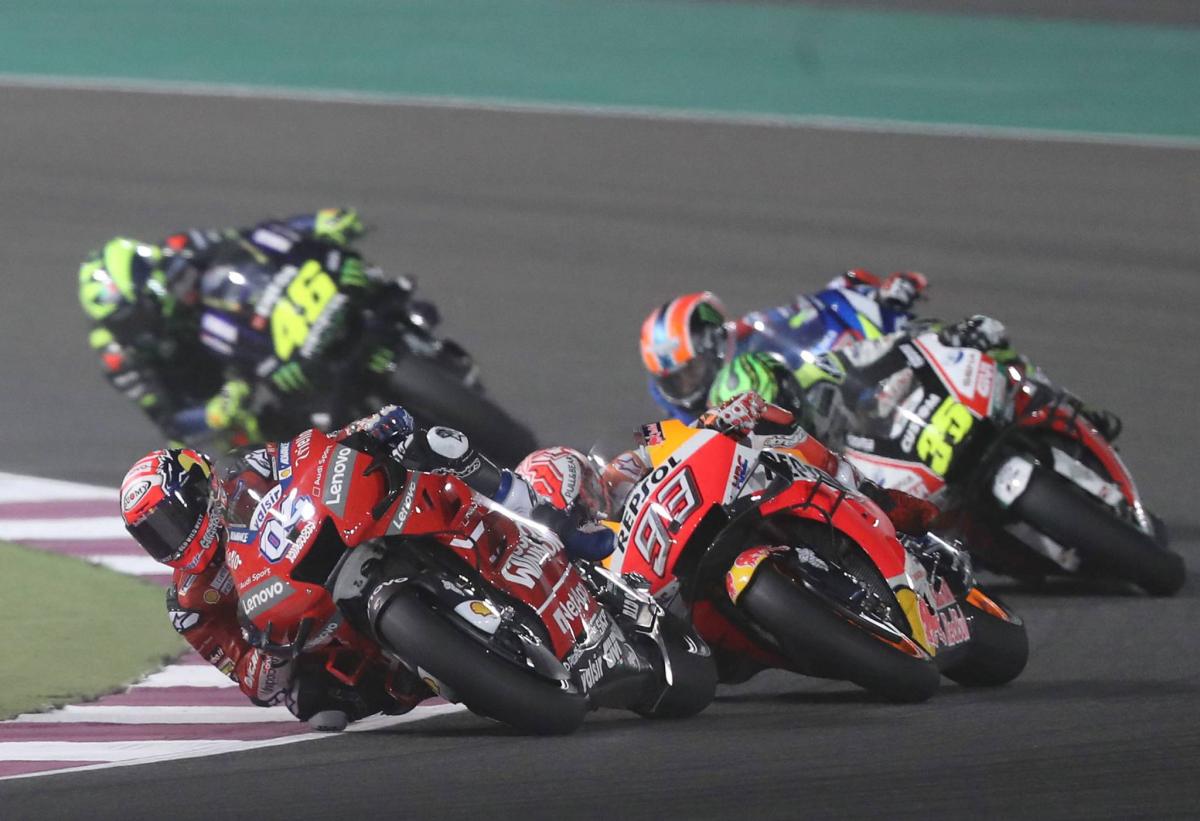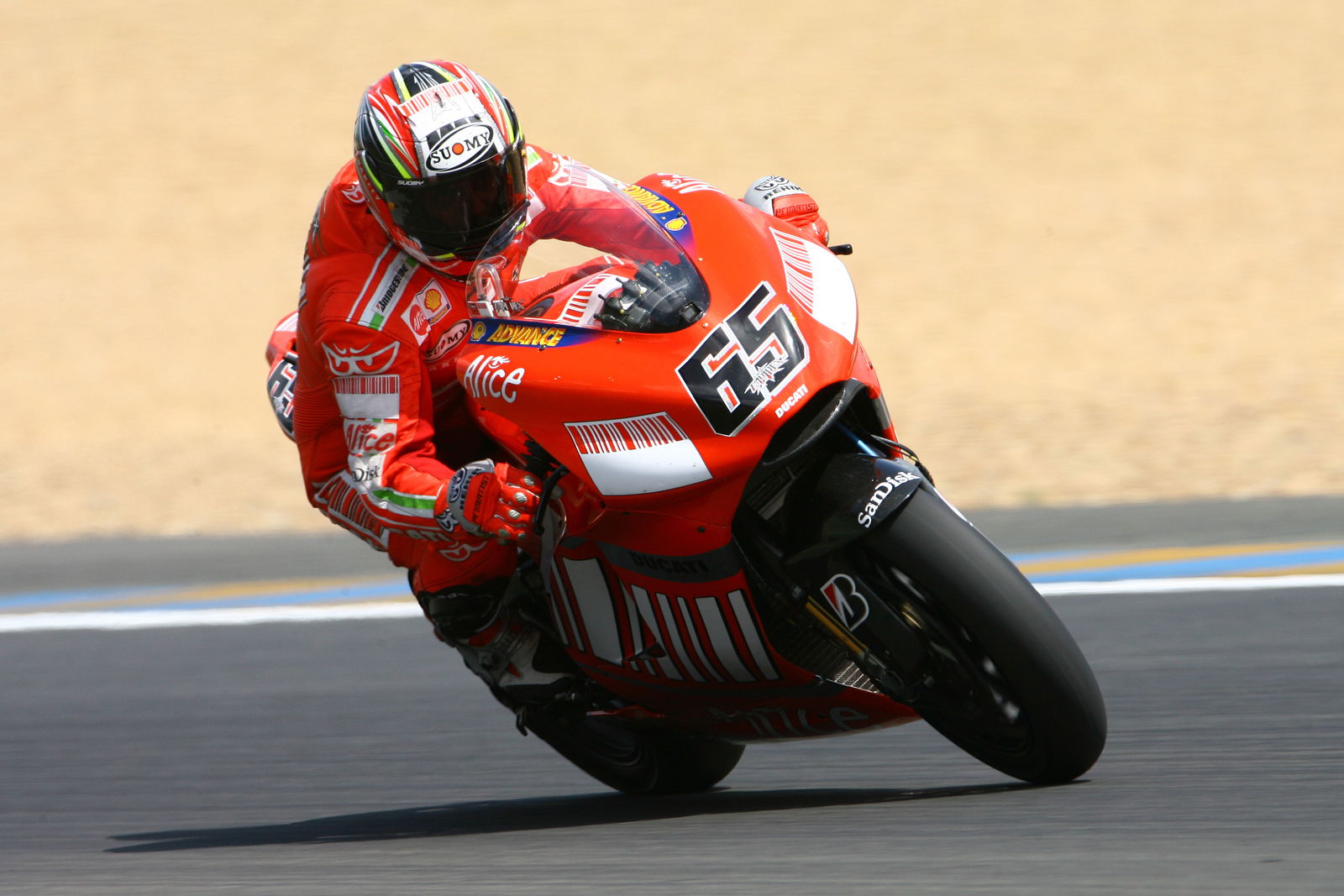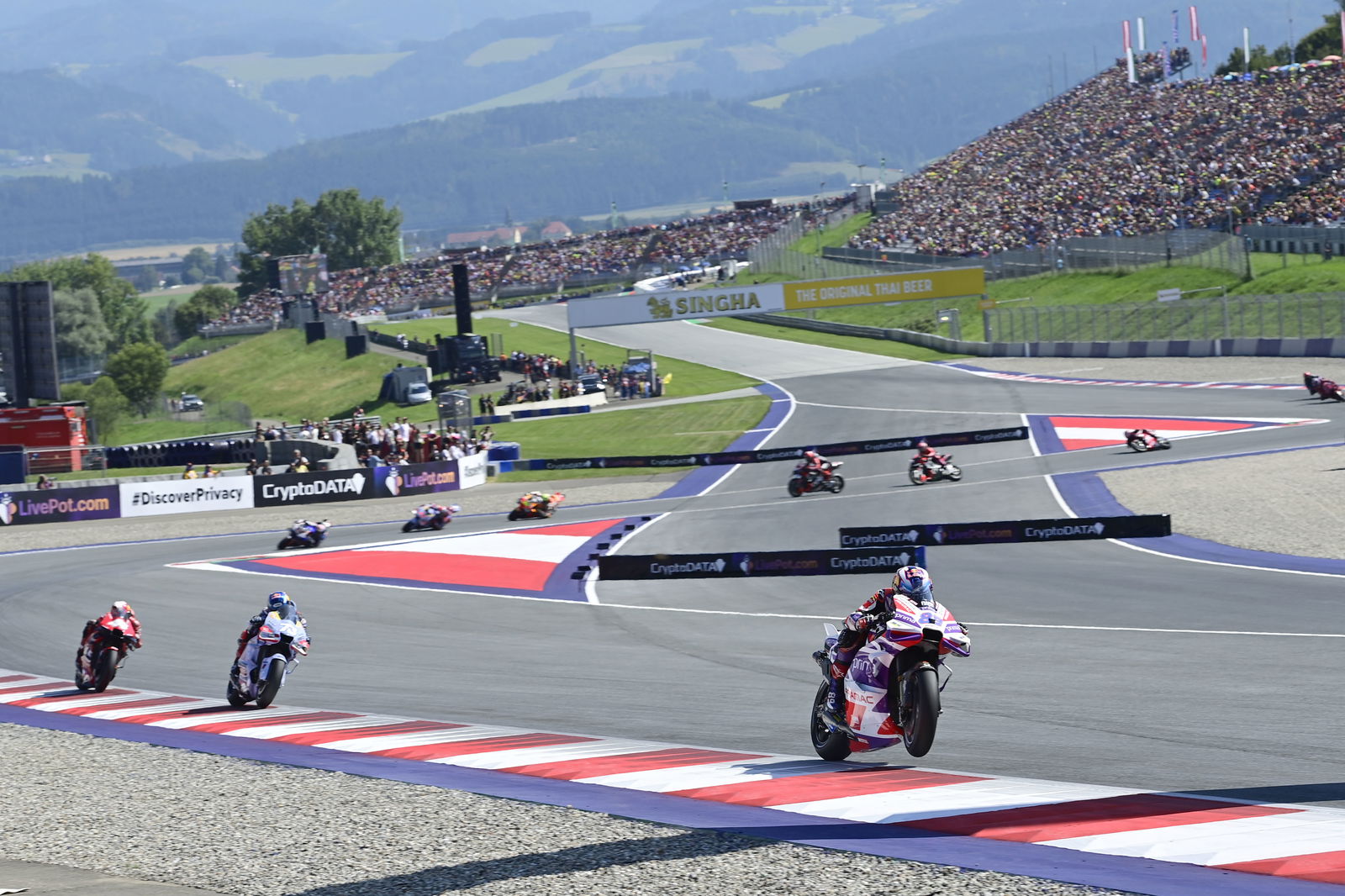Could MotoGP return to sub-1000cc engines in 2027?
850cc engines and Bridgestone tyres are reportedly on the cards for the next MotoGP regulations anticipated for the 2027 season.

MotoGP is edging closer to the point where its next set of technical regulations need to be decided, and some interesting concepts are floating around.
850cc engines and Bridgestone tyres are among the rumoured changes for 2027, by which time MotoGP will also be running 100 per cent non-fossil fuels.

The rumours have been discovered and published by GPOne’s Paolo Scalera, who also found that unanimity among the manufacturers is, as you might expect, proving difficult to establish.
Beginning with the idea to reduce the engine displacement from the current 1,000cc down to 850cc, the justification is clear. MotoGP bikes are now exceeding 220mph on an alarmingly frequent basis. It happens in Qatar, Italy, and even in Texas where the longest straight is entered from and exited to first-gear corners.
Such speeds have led to concerns about run-off areas, which are becoming increasingly small despite the attempts of the circuits themselves to increase their physical size.

Eventually, even circuits like Lusail begin to push the limit of barrier proximity, and if you can’t find it in the middle of the desert, you’re not going to find enough space anywhere.
There’s only so far that barriers can be pushed back before MotoGP runs 23 rounds in Qatar, and only so much further back before there are no circuits left to race on at all.
So, the bikes need to slow down. The 100% non-fossil synthetic fuels and biofuels that MotoGP will use in 2027 should assist in that regard, at least to begin with, because - as explained by MotoGP Director of Technology Corrado Cecchinelli to Crash.net’s Peter McLaren earlier this year - the energy density of the non-fossil fuels is less than that of the fossil fuels, and because the fuel capacity is planned to decrease for 2027. But, it seems likely that engineers will be able to eventually recover the power lost from switching to non-fossil fuels eventually.
As a result, the engine regulations themselves might need to be adjusted, and Scalera reports that a switch from 1,000cc to 850cc could be on the cards for the premier class in the hopes of reducing power and therefore maximum speeds in MotoGP. However, it might not be as simple as proposing the change and then implementing it, because - even if Yamaha, Honda, and Ducati are in favour - KTM and Aprilia are reportedly in opposition, and changes to the technical regulations must be agreed unanimously by the members of the Motorsport Manufacturers Association (MSMA).

In 2007, MotoGP went from its first four-stroke formula of 990cc to 800cc. The high-corner-speed bikes produced generally poorer racing, and MotoGP went for years without a last-lap overtake before Valentino Rossi and Jorge Lorenzo traded places on the final tour of the 2009 Catalan Grand Prix.
As a result of the poor racing and the 800s relative lack of road relevance, 1,000cc engines were introduced from 2012. The racing improved, and it did again in 2016 when the electronics were simplified.
Another change in 2016 was the introduction of Michelin in place of Bridgestone as the series’ sole tyre supplier. For 2027, Bridgestone is apparently prepared to reverse the change of 2016, and reinstate itself over Michelin as the sole tyre supplier of MotoGP.

The Japanese tyre firm has also made a bid for the F1 tyre supply tender this year, in an attempt to regain the contract it lost to Pirelli - which will supply Moto2 and Moto3 from next season - at the end of 2010.
In the Euro-centric reality of contemporary MotoGP, it’s refreshing to hear rumours of enthusiasm about the series from a Japanese company.
Along similar lines, a recent interview by Japanese journalist Akira Nishimura with HRC President Koji Watanabe revealed that Honda has no intentions of leaving MotoGP, despite recent fears around the championship that it may decide to pull out if its current slump in results continues.

Similarly, David Emmett of Motomatters interviewed Lin Jarvis, who suggested that Yamaha’s intentions are to regain the ground it has recently lost in MotoGP, rather than exit the sport. That includes finding a satellite team, which also means convincing a satellite team - such as Valentino Rossi’s Mooney VR46 Racing Team - that the Yamaha YZR-M1 is a motorcycle worth leasing for MotoGP competition.
Circling back to the revelations pointed at 2027 from Paolo Scalera, aerodynamics and ride height devices are also under consideration in the drafting of the new technical regulations. But, opposition from the manufacturer(s) that benefit most from these technologies (primarily Ducati) means that, like with the reduction in engine displacement, changes in these areas will not be straightforwardly achieved, if at all.

_1.jpg?width=1600)